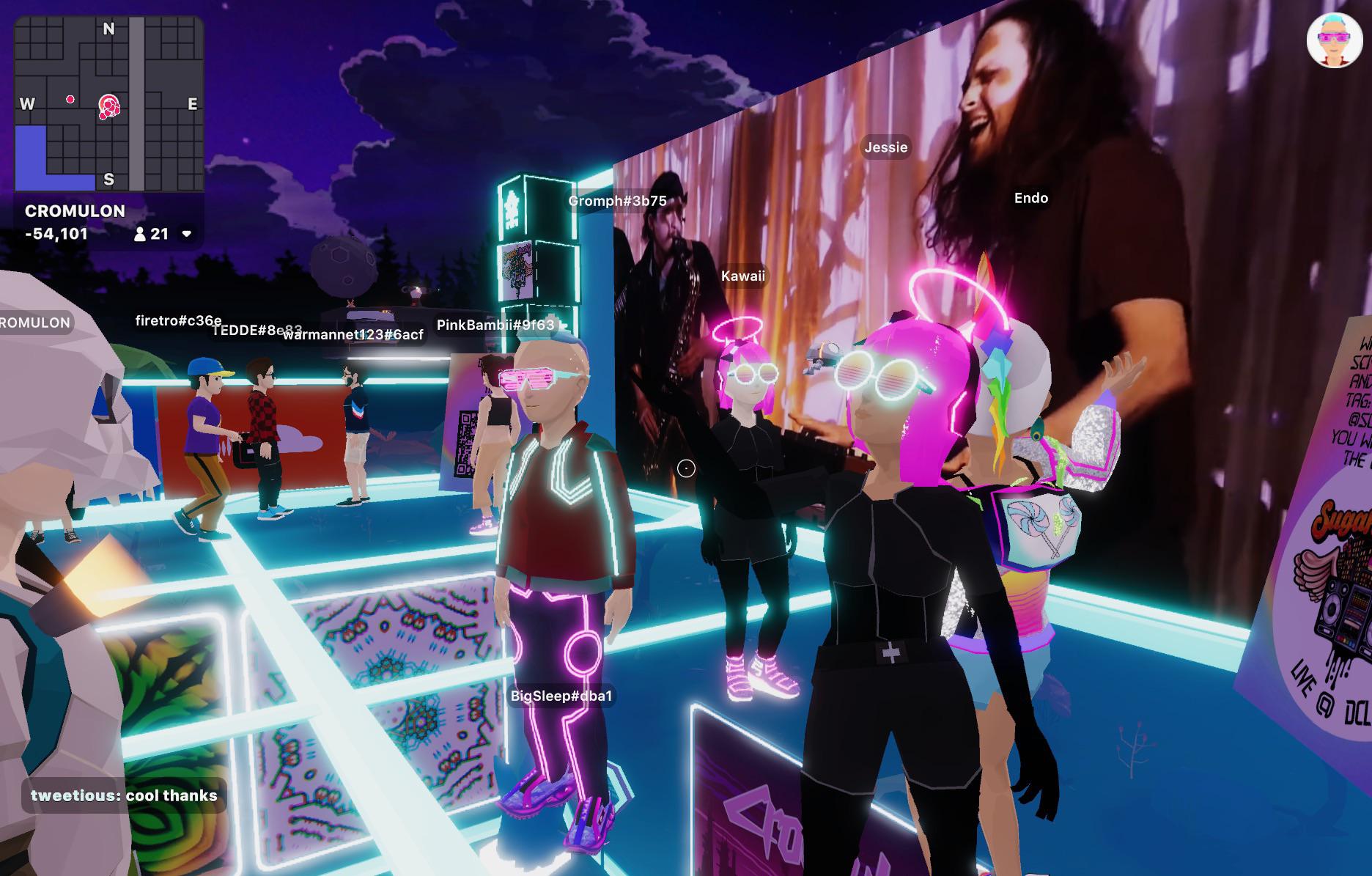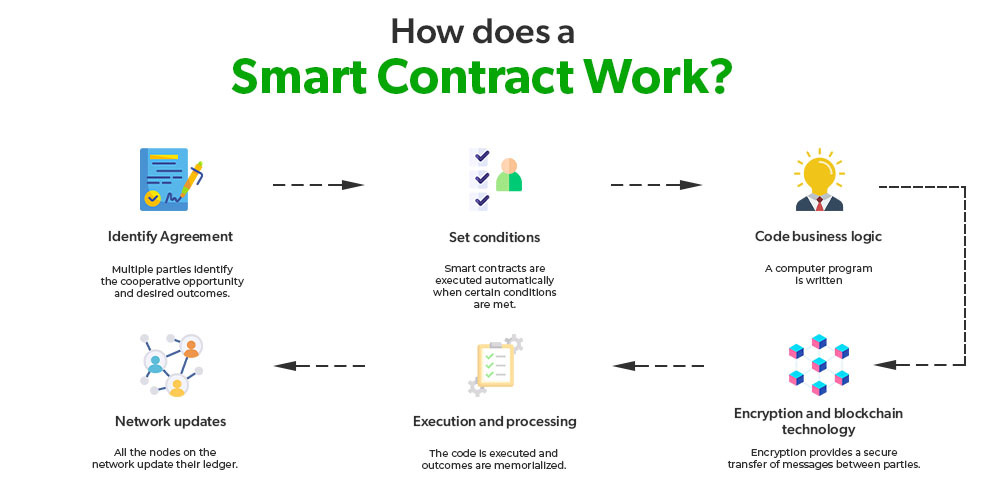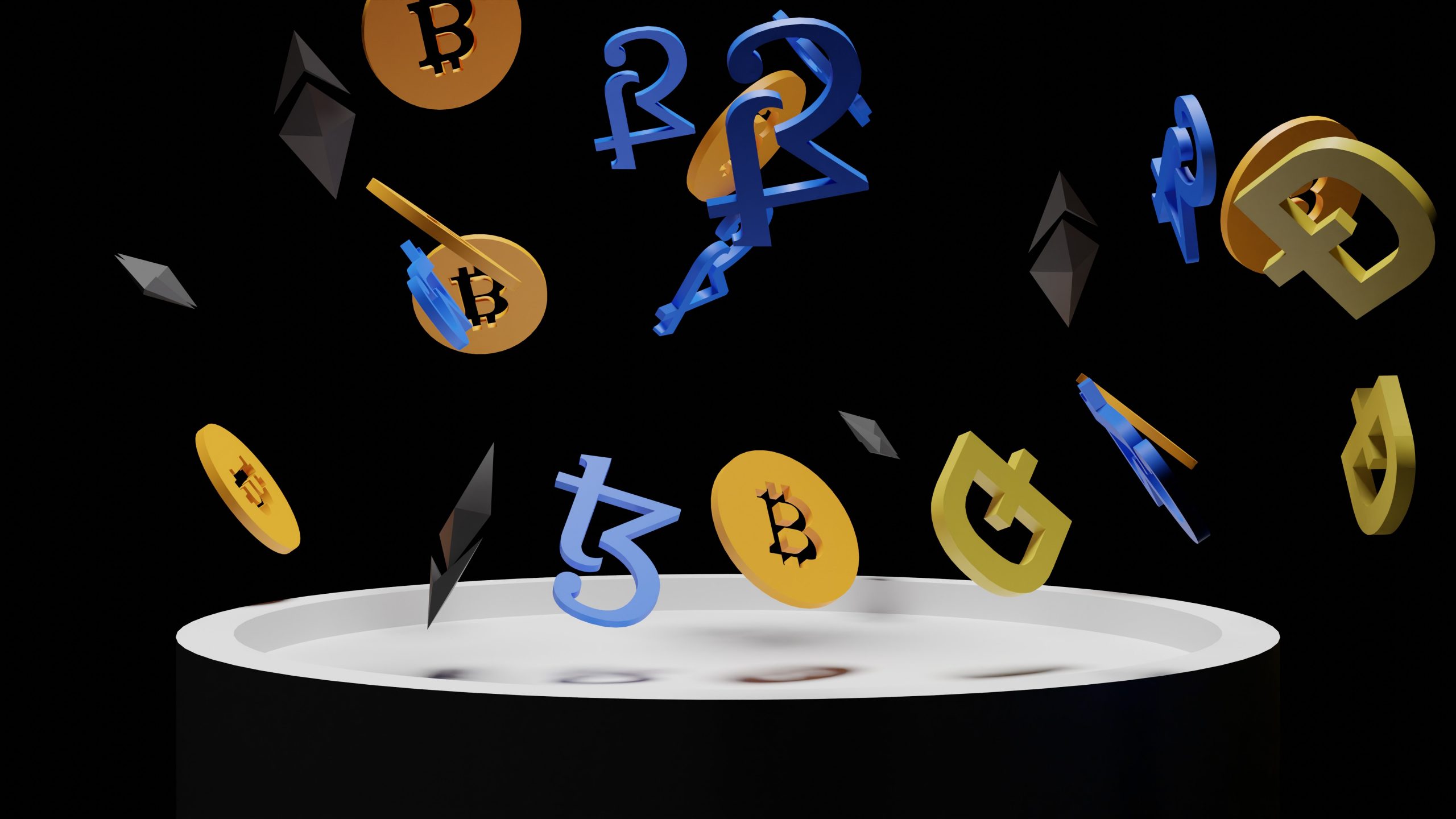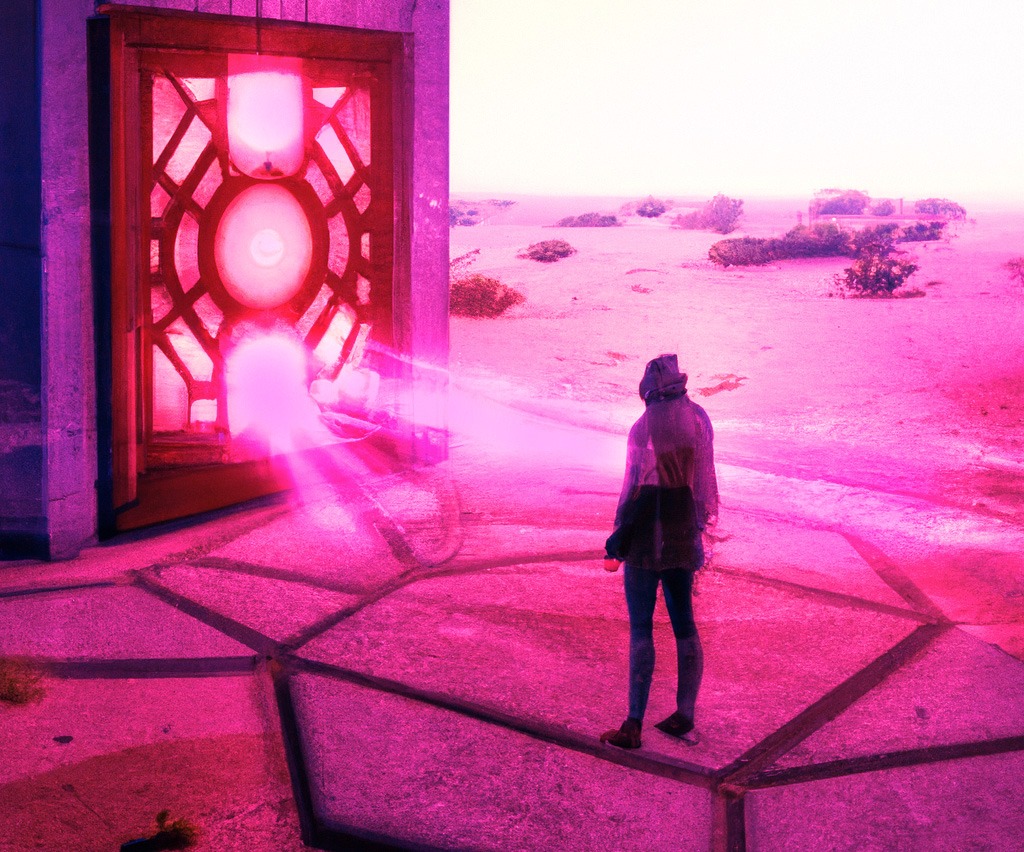The Ultimate NFT & Web3 Glossary for Artists & Creators
Last updated: 29 July 2024
If you’re confused about the Web3-related terms that pop up as article headlines, you’re not alone. Web3 has introduced new jargon into various industries, including music and content creation. So if you want to stay ahead of the curb, here’s a simple Web3 glossary to get you started.

A – Address
A string of characters representing a crypto wallet. These characters are randomly generated and are essential when it comes to sending or receiving digital assets.
B – Blockchain
A digital ledger system that makes it impossible to change or hack information. It’s a form of distributed database that records all transactions.
C – Crypto
Short for cryptocurrency, it’s a digital currency secured by cryptography. Cryptocurrencies are different from “normal” currencies, in that they’re not regulated by central or third-party authorities and run on the blockchain.
D – DAO
Stands for Decentralized Autonomous Organization. DAOs are community-led blockchain-based organisations without a central authority. They’re governed by members who decide on the current and future direction of the DAO.
E – Ethereum
Ethereum is a decentralized, open-source blockchain with smart contract functionality. Its native cryptocurrency, Ether, is the token most commonly used in the Ethereum blockchain network.
F – Fiat money
This refers to government-issued, “traditional” currencies such as dollars, pounds and euro. Fiat money is largely controlled by central authorities, such as banks and governments.
G – Gas
In the context of this Web3 glossary, gas is the fee required to make a transaction on the Ethereum network. The exact price of the gas fee depends on demand and supply.
H – Hot wallet
A hot wallet is a wallet connected to the internet. It enables holders to send, receive and store tokens. Hot wallets are secured by public and private keys that facilitate transactions.
I – Interoperability
This refers to techniques that enable different blockchains to work together and transfer assets to each other for maximum functionality. Interoperability is one of the building blocks of web3 as it leads to inter-industry collaboration.
K – KYC
Know Your Customer (KYC) refers to a set of standards in financial services used to verify customers. In the context of this Web3 glossary and the crypto sphere, it’s the process of verifying identities before allowing users to use a crypto exchange.
L – Liquidity
This refers to the speed with which an asset can be converted into standard cash without affecting the market price. Essentially, liquidity is how quickly you can get cash in your hands.

M – Metaverse
The metaverse refers to a shared virtual environment that can be accessed using technologies such as virtual reality and augmented reality. One of the main tenets of the metaverse is social connection. Therefore, the concept refers to a future iteration of the Internet that is universal and more like an immersive virtual world than it is today.
N – NFT
NFT stands for Non-Fungible Token. An NFT is a digital asset that exists on the blockchain. Since NFTs are secured by cryptography, they’re totally unique and therefore cannot be replicated.
P – P2P
P2P or peer-to-peer refers to a direct exchange of an asset between individuals, without the involvement of third parties. Unlike traditional online transactions, P2P transactions are safeguarded by being recorded on every peer’s network.
R – Rug Pull
A rug pull is a common scam in the crypto and NFT spaces. This is when a project owner promotes a new project to investors, hypes it up, and then abandons it after taking all the funds.

S – Smart Contract
A smart contract is a transaction protocol in the form of code that runs when certain conditions are met. Smart contracts automate the execution of a workflow so that the individuals involved know what the outcome is going to be.
T – Token
In the Web3 sphere, “token” is a representation of an asset that is held, traded, or staked to earn interest. Technically, it’s just another word for crypto. However, it’s mostly used when referring to cryptocurrencies other than Ethereum and Bitcoin. “Token” is also used to refer to digital assets or collectibles.
V – Virtual Reality
Virtual reality or VR is a simulated experience that can be accessed using headsets or multi-projected environments. VR is computer-generated and can be interacted with in a “real” way via specialised equipment.
W – Web3
The impending iteration of the Internet, which is based on blockchain technology, token-based economics and interoperability. Coined in 2014 by Ethereum co-founder Gavin Wood, Web3 gained a lot of popularity in the 2020s as blockchain technology and crypto became more mainstream.






